
Multi-zone temperature design: dual-zone/multi-zone design with independent control of each zone to increase testing efficiency.
Rapid high and low temperature environment switching: it adopts advanced temperature control technology, enabling fast switching between high and low temperatures, which greatly shortens the testing cycle and improves work efficiency.
High-precision temperature control: through high-precision temperature sensors and controllers, the internal temperature is stabilized within ±1.8℉(1℃) fully meeting the strict requirements for temperature accuracy in research on solid-state batteries, electrochemical materials, and battery materials.
Intelligent design: equipped with a touchscreen display and automatic control system, users can easily complete parameter setting, real-time experimental monitoring, and data collection via an intuitive interface. It supports remote control and data processing functions.
Energy efficiency & environmental protection: featuring a dual-cycle refrigeration system combined with intelligent start-stop technology, it effectively reduces energy consumption and fully complies with environmental standards in the new energy sector.
High-security design: equipped with safety protection devices such as alarm system, automatic explosion-proof pressure relief, over-temperature protection, double-lock structure and etc., it comprehensively ensures the safety of the experimental process and is suitable for laboratory and industrial scenarios.
*WHW/WGDW: Constant Temperature Chamber/High-Low Temperature Chamber
All-in-One Testing
· Constant Temperature Chamber: provides a stable and precise temperature environment.
· Battery Charge/Discharge Tester: for battery performance testing, with high dynamic response and stable precision.
· Solid-State Battery Mold: mimics the internal structure of batteries.
Wide temperature range regulation: capable of simulating battery performance under extreme temperature conditions to help researchers explore the low-temperature characteristics of solid-state batteries.
Leading technology: utilizes PID+Fuzzy control algorithms and a dual-cycle refrigeration system to ensure precision and stability in temperature control during solid-state battery testing.
Comprehensive after-sales service: provides customized solutions and thorough after-sales support to ensure customers have no concerns during operation.
*All-in-One Testing System can be customized according to voltage and current requirements.

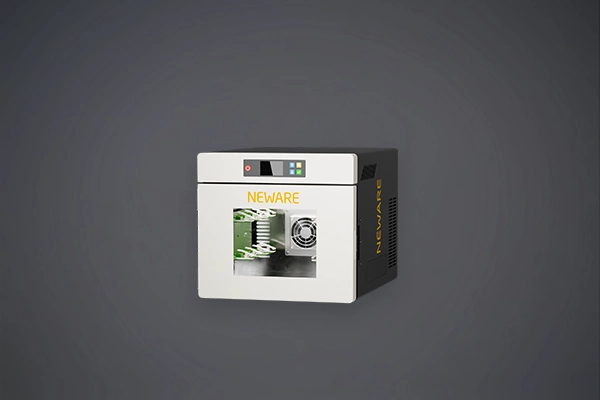
● Voltage & Current Accuracy:±0.05% F.S.
● Sampling Time:100ms
● Number of Channels:16CH
● Temperature Range & Deviation:32℉ ~ 140℉±3.6℉(15℃ ~ 60℃±2.0℃)
● Heating Efficiency:77℉ ~ 140℉≤50min(25℃ ~ 60℃)
● Cooling Efficiency:77℉ ~ 59℉≤60min(25℃~15 ℃)
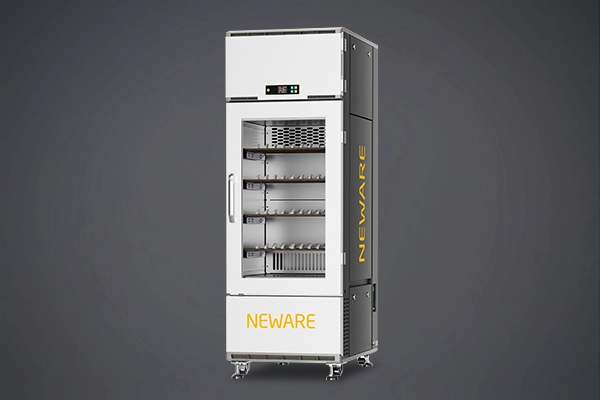
● Voltage & Current Accuracy:±0.01% F.S.
● Recording Frequency:100Hz
● Number of Channels:160CH
● Temperature Range & Deviation:32℉ ~ 140℉±3.6℉(0℃ ~ 60℃±2.0℃)
● Heating Efficiency:77℉ ~ 140℉ ≤30min(25℃ ~ 60℃)
● Cooling Efficiency:77℉ ~ 32℉≤50min(25℃~0 ℃)
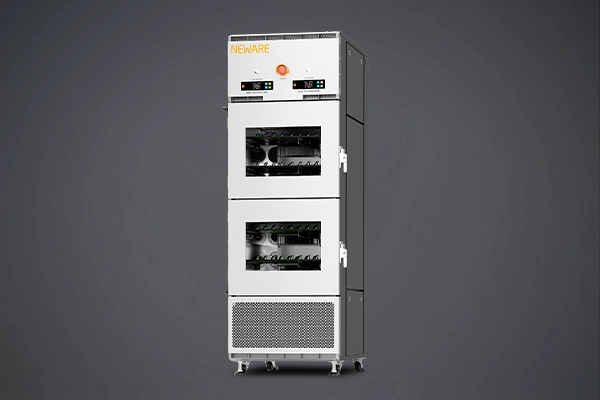
● Voltage & Current Accuracy:±0.05% F.S.
● Recording Frequency:10Hz
● Number of Channels:160CH
● Temperature Range & Deviation:32℉ ~ 140℉±3.6℉(0℃ ~ 60℃±2.0℃)
● Heating Efficiency:77℉ ~ 140℉ ≤30min(25℃ ~ 60℃)
● Cooling Efficiency:77℉ ~ 32℉≤50min(25℃~0 ℃)
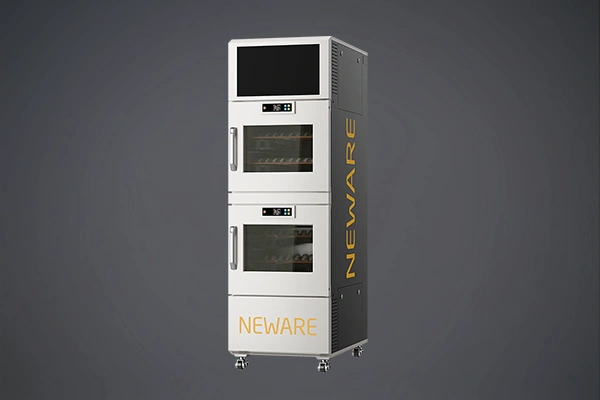
● Current & Voltage Accuracy: ±0.05%
● Recording Frequency: 10Hz
● Current Response Time: ≤1ms
● Temperature Range: 32°F-140°F (0℃-60℃)
● Heating Time: 77°F→140°F ≤30min (25℃→60℃ ≤30min)
● Cooling Time: 77°F→32°F ≤50min (25℃→0℃ ≤50min)
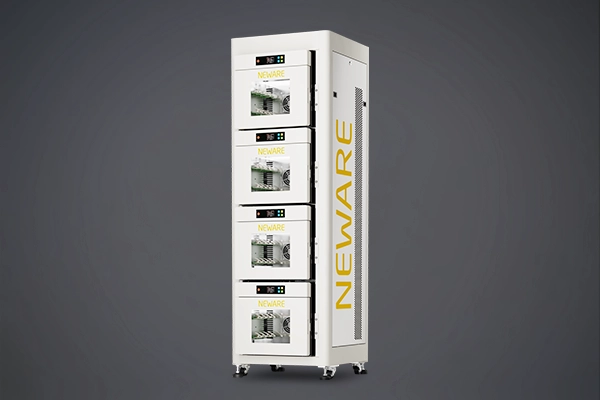
● Voltage & Current Accuracy:±0.05% F.S.
● Sampling Time:100ms
● Number of Channels:64CH
● Temperature Range & Deviation:59℉ ~ 140℉±3.6℉(15℃ ~ 60℃±2.0℃)
● Heating Efficiency:77℉ ~ 140℉≤50min(25℃ ~ 60℃)
● Cooling Efficiency:77℉ ~ 59℉≤60min(25℃~15 ℃)

● Voltage & Current Accuracy:±0.05% F.S.
● Recording Frequency:100Hz
● Number of Channels:80CH
● Temperature Range & Deviation:50℉ ~ 185℉±3.6℉(10℃ ~ 85℃±2.0℃)
● Heating Efficiency:77℉ ~ 185℉ ≤40min(25℃ ~ 85℃)
● Cooling Efficiency:77℉ ~ 50℉≤40min(25℃~10 ℃)
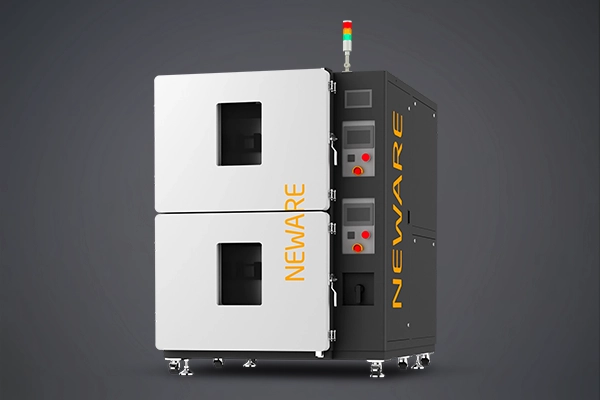
● Voltage & Current Accuracy:±0.05% F.S.
● Recording Frequency:100Hz
● Temperature Fluctuation:≤1.8℉(1℃)
● Temperature Range & Deviation:-40℉ ~ 302℉±3.6℉(-40℃ ~ 150℃±2.0℃)
● Heating Efficiency:68℉ ~ 302℉ ≤60min(20℃ ~ 150℃)
● Cooling Efficiency:68℉ ~ -40℉≤60min(20℃~-40℃)

● Voltage & Current Accuracy:±0.05% F.S.
● Recording Frequency:10Hz
● Temperature Range & Deviation:-40℉ ~ 302℉±3.6℉(-40℃ ~ 150℃±2.0℃)
● Temperature Fluctuation:±0.9℉(±0.5℃)
● Heating Efficiency:68℉ → 302℉ ≤40min(20℃ → 150℃)
● Cooling Efficiency:68℉ → -40℉≤60min(20℃→-40℃)
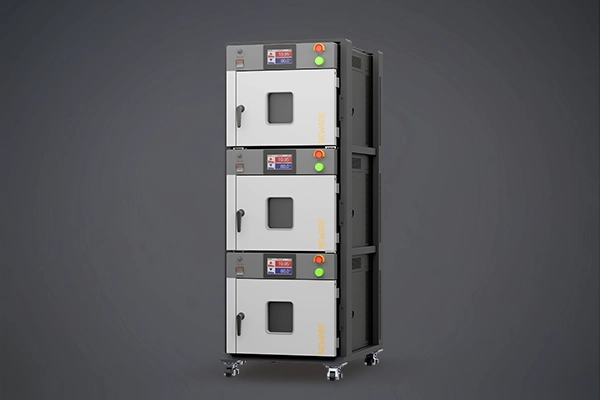
● Voltage & Current Accuracy:±0.05% F.S.
● Recording Frequency:10Hz
● Temperature Range & Deviation:-40℉ ~ 212℉±3.6℉(-40℃ ~ 100℃±2.0℃)
● Temperature Fluctuation:±0.9℉(±0.5℃)
● Heating Efficiency:68℉ → 212℉ ≤40min(20℃ → 100℃)
● Cooling Efficiency:68℉ → -40℉≤60min(20℃→-40℃)
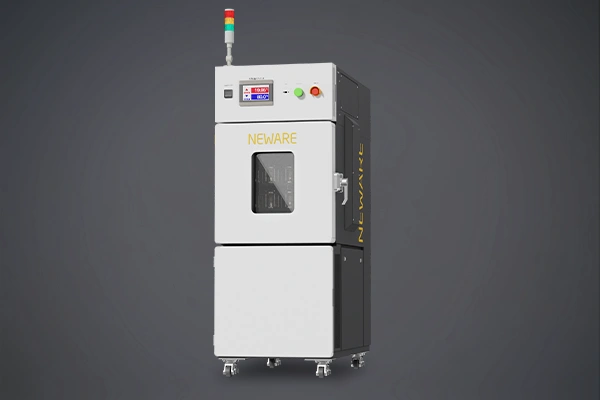
● Current & Voltage Accuracy: ±0.05% F.S.
● Data Logging Frequency: 10Hz
● Temperature Range & Deviation: -70℃~150℃ ±2℃
● Temperature Fluctuation: ≤0.5℃
● Heating Time: 20℃ → 150℃ ≤60min
● Cooling Time: 20℃ → -70℃ ≤75min
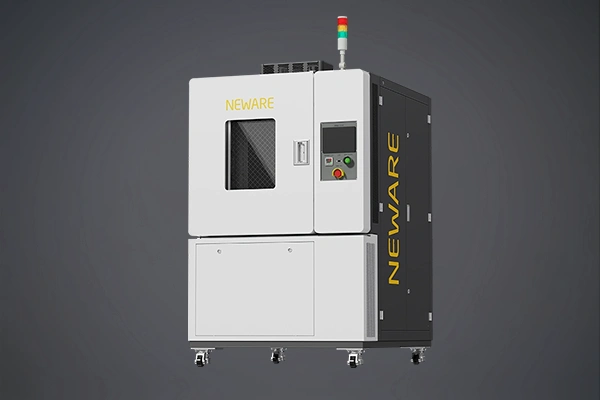
● Current & Voltage Accuracy: ±0.05% F.S.
● Data Logging Frequency: 10Hz
● Temperature Range & Deviation: -40°F~302°F±3.6℉ (-40℃~150℃±2℃)
● Temperature Fluctuation: ≤0.9℉(0.5℃)
● Heating Time: 68°F→302°F ≤60min (20℃→150℃≤60min)
● Cooling Time: 68°F→-40°F ≤60min (20℃→-70℃≤60min)
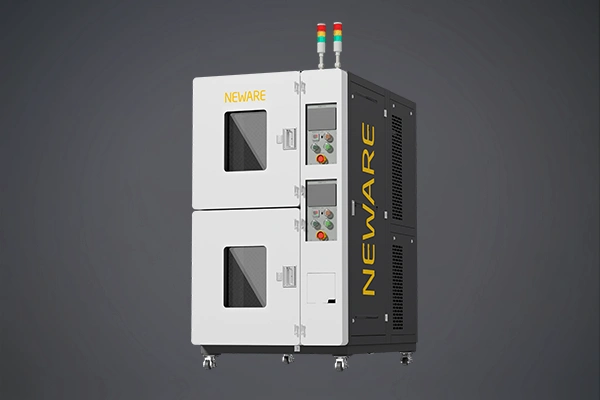
● Current & Voltage Accuracy: ±0.05% F.S.
● Data Logging Frequency: 10Hz
● Temperature Range & Deviation: -40°F~302°F±3.6℉ (-40℃~150℃±2℃)
● Temperature Fluctuation: ≤0.9℉(0.5℃)
● Heating Time: 68°F→302°F ≤60min (20℃→150℃≤60min)
● Cooling Time: 68°F→-40°F ≤60min (20℃→-40℃≤60min)

● Current & Voltage Accuracy: ±0.05% F.S.
● Data Logging Frequency: 10Hz
● Temperature Range & Deviation: -40°F~302°F±3.6℉ (-40℃~150℃±2℃)
● Temperature Fluctuation: ≤0.9℉(0.5℃)
● Heating Time: 68°F→302°F ≤60min (20℃→150℃≤60min)
● Cooling Time: 68°F→-40°F ≤60min (20℃→-40℃≤60min)
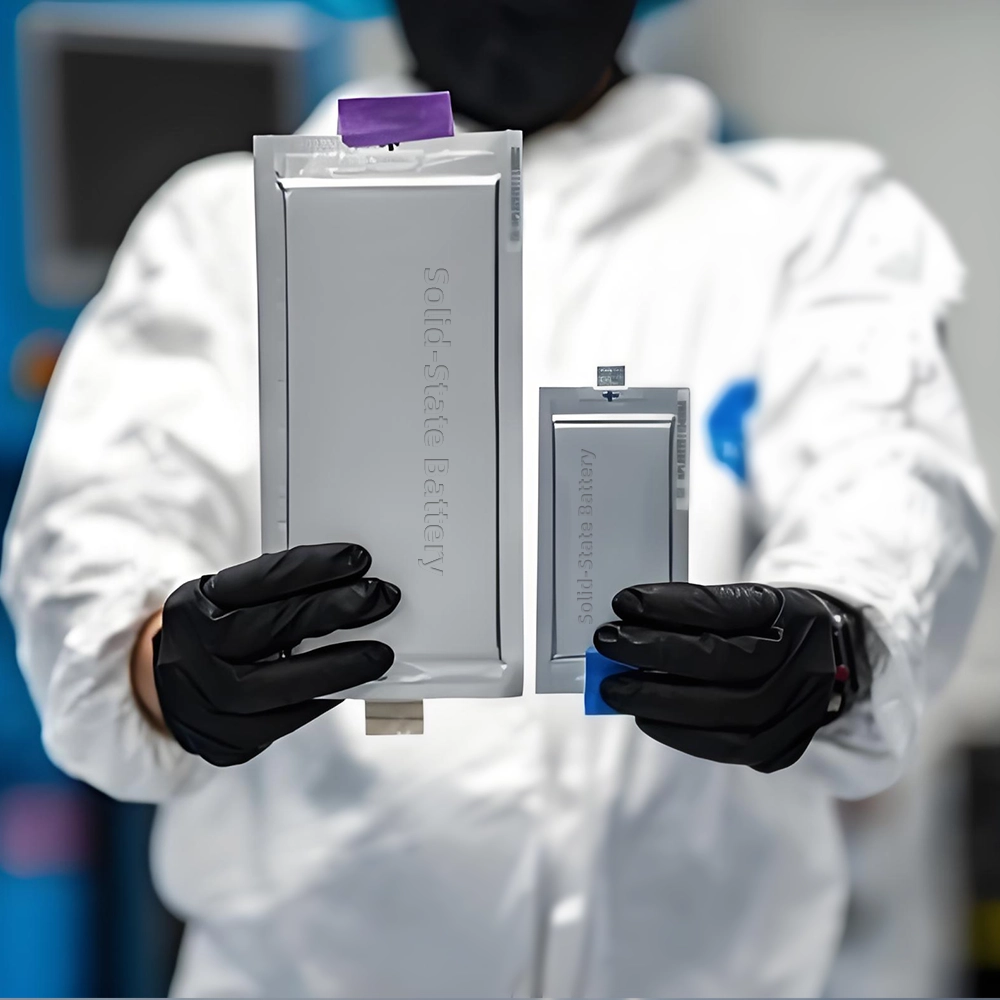
The lab focuses on solid-state battery research to overcome traditional lithium batteries' safety and energy density issues, supporting environmental sustainability. It develops innovative solid-state electrolytes, refines electrode materials, and investigates ion transfer and interface stability to revolutionize battery technology.

With the widespread use and increased frequency of cell phones, the endurance, safety, and lifespan of mobile phone batteries have become a focus of concern for both users and manufacturers. Cell phone batteries primarily use lithium-ion battery technology, but there are issues and challenges that drive the need for charge and discharge equipment to test cell phone batteries.

The electric vehicle battery industry is rapidly developing, focusing on technological innovation, market competition, and sustainability. Research hotspots include solid-state batteries, new types of electrolytes, BMS optimization, and recycling technologies. The environmental adaptability, safety, and economic viability of batteries are key research areas, and the industry is expected to undergo more innovation and transformation.
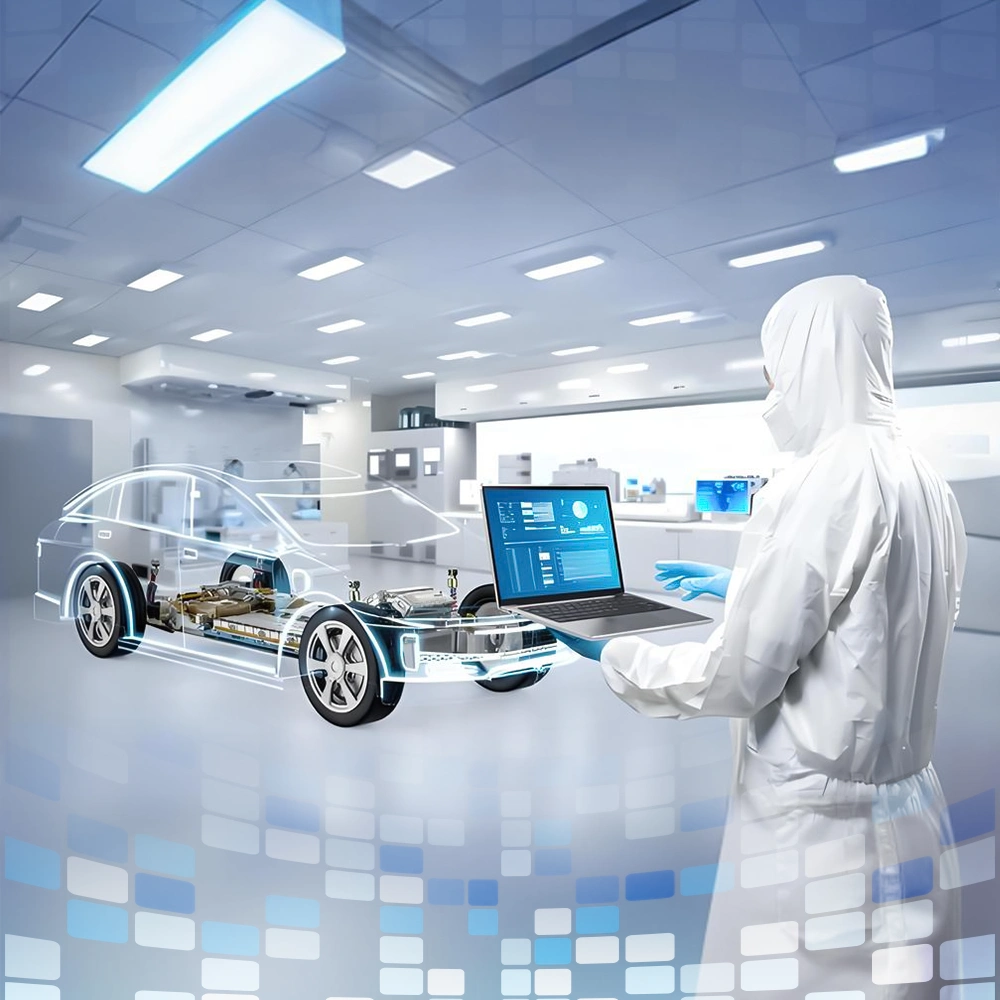
Power battery technology faces multiple challenges, including enhancing energy density, enabling fast charging, ensuring safety, and improving cost-effectiveness. Laboratory research focuses on addressing these issues in EV power batteries. Researchers explore advanced materials, intelligent management, and green recycling technologies to improve battery performance and ensure safety. These efforts promote environmental sustainability and aid the global energy transition.
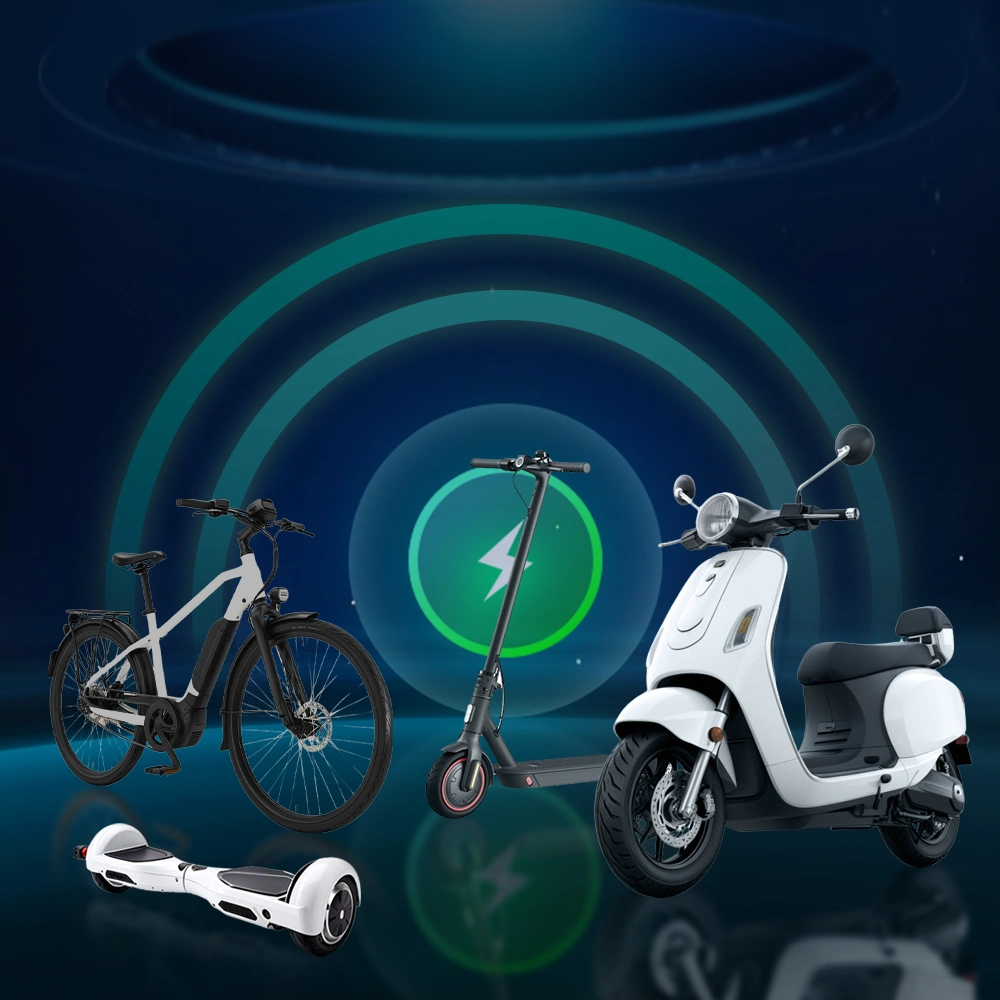
Electric Hoverboard, electric scooters, e bikes, and electric motorcycles are changing the way people travel, with the development of battery technology being at the core of this transformation. The main issues faced by electric bicycle batteries include battery cost, range, the popularity of charging infrastructure, thermal management of batteries, and safety. As battery technology continues to advance, it provides more reliable power support for these intelligent devices.
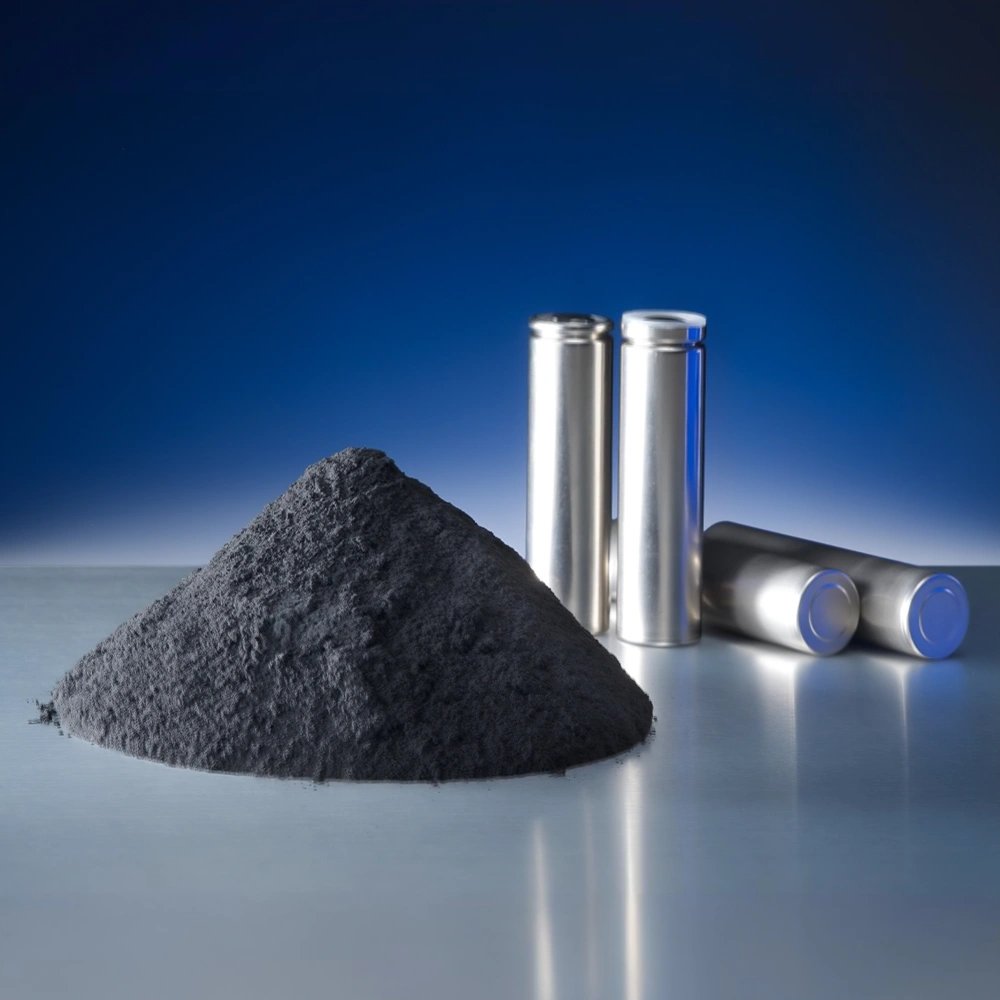
We specialize in battery preparation technology research, focusing on overcoming existing energy storage challenges by innovating in electrode materials, battery chemistry, and manufacturing processes to improve performance, enhance safety, and reduce costs. Sustainability and recycling technologies for batteries are also emphasized to mitigate environmental impacts and foster the growth of green energy.